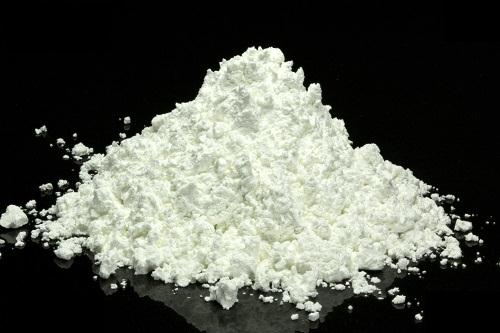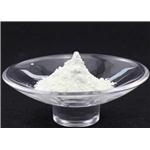Thulium oxide (Tm2O3) powder has a greenish-white appearance. This rare earth sesquioxide has a cubic structure. The melting point of this material is approximately 2341°C. Tm2O3 is insoluble in water while it is slightly soluble in acidic environments. Tm2O3 has currently been receiving much attention because of its potential in the catalytic, electronic, optical and electrochemical applications. Tm2O3 has a high dielectric constant of 12–13 and its energy band gap of 5 eV.

Thulium oxide is a white to slightly beige fine powder or crystals. It can be produced by burning thulium metal in air or by decomposing its oxidised acid salts (e.g. thulium nitrate). It is hygroscopic and absorbs water and carbon dioxide from the atmosphere. Due to the nature of the oxide, thulium oxide does not conduct electricity. However, thulium oxide has several applications in fuel cells and oxygen generation systems.
Holmium(III) sulfate hydrate has specialized uses in ceramics, glass, phosphors and metal halide lamp, and dopant to garnet laser. Holmium lasers are used in medical, dental, and fiber-optical applications.
Thulium oxide is an excellent thulium source which finds use in glass, optical and ceramic applications. Further, it is used in the manufacturing of portable X-ray transmission device. In addition to this, it finds use as a nuclear reactor control material. Nanostructured thulium oxide acts as an efficient biosensor in the field of medicinal chemistry.
reagent type: catalyst
core: thulium



